We should perceive a significant difference between Cb4-20 and Ga2-26, viz. how the left of the pair of 'fingers' in Ga2-26 is broader.
Presumably this sign indicates broad daylight (in contrast to the less powerful lights in the night sky). At the opposite side of daybreak was the silent owl of twilight - whereas at dawn all the birds were shouting in delight:
... The white egret took its piece [of the skin of 'Keyemen - the rainbow in the shape of a huge watersnake'] and sang, 'ā-ā', a call that it still has to this day. The maguari (Circonia maguari, a stork) did likewise and uttered its ugly cry: 'a(o)-a(o)'. The soco (Ardea brasiliensis, a heron) placed its piece on its head and wings (where the colored feathers are) and sang, 'koro-koro-koro'. The kingfisher (Alcedo species) put its piece on its head and breast, where the feathers turned red, and sang, 'se-txe-txe-txe'.
Then it was the toucan's turn. It covered its breast and belly (where the feathers are white and red). And it said: 'kión-he, he kión-he'. A small piece of skin remained stuck to its beak which became yellow.
Then came the mutum (Crax species); it put is piece on its throat and sang, 'hm-hm-hm-hm' and a tiny remaining strip of skin turned its nostrils yellow. Next came the cujubin (Pipile species, a piping guan), whose piece turned its head, breast, and wings white: it sang, 'krr' as it has done every morning since. Each bird 'thought its own flute made a pretty sound and kept it.' The richly colored plumage of the macaw is explained by the fact that it seized a large piece of skin and covered its whole body in it ...
... The Scorpion-Man and his wife guard the gate leading to the Maśu mountain(s), and watch the sun at rising and setting. Their upper part reaches to the sky, and their irtu (breast?) to the lower regions (Epic of Gistubar 60,9). After Gistubar has traversed the Maśu Mountain, he reaches the sea. This sea lies to the east or south-east ...
... the Inuit who regard sun as female and moon as male, sister and brother: 'The moon, being without food, wanes slowly away from starvation until it is quite lost from sight; then the sun reaches out and feeds it from the dish in which the girl has placed her breast. After the moon is fed and gradually brought to the full, it is then permitted to starve again, so producing the waxing and waning every month ... Omo. To suck; omoaga, bulky cloud; ragi omoaga cumulus; omoomo; to suck repeatedly, to suckle; omotahi, to win everything at a game (lit: to suck whole): omotahi-mai-á e au, he has cleaned me out; omotohi, full (of the moon); ku-omotohiá te mahina, the moon is full. Vanaga. Rima omo, infidelity, faithless, unfaithful. Omoomo, to smack the lips, to suck the breast, to smoke tobacco, to taste of; hakaomoomo, to suckle, to paint. Churchill. Ta.: Omotu, an ember, a coal. Mq.: komotu, omotu, firebrand. Churchill. Ariki (o)motongi. Manuscript E:1.
... Sula cyanops ... It should be pointed out that the combined name ruru-taiko refers in MAO. to a black petrel (Procellaria parkinsoni). There are no cultural data available for ruru, which seems to be derived from PPN. *lulu 'owl'... ... The Tahitian conception of the sky as resting on ten star pillars is unique and is doubtless connected with their cosmos of ten heavens. The Hawaiians placed a pillar (kukulu) at the four corners of the earth after Egyptian fashion; while the Maori and Moriori considered a single great central pillar as sufficient to hold up the heavens. It may be recalled that the Moriori Sky-propper built up a single pillar by placing ten posts one on top of the other ...
The Gate of Cancer was where the migrating souls returned from above and the first significant star in Cancer was ω. ... Men's spirits were thought to dwell in the Milky Way between incarnations. This conception has been handed down as an Orphic and Pythagorean tradition fitting into the frame of the migration of the soul. Macrobius, who has provided the broadest report on the matter, has it that souls ascend by way of Capricorn, and then, in order to be reborn, descend again through the 'Gate of Cancer' ...
|
|||||||||||||||||||||||||||||||||||||||||||||||||||||||||||||||||||||||||||||||||||||||||||||||||||||||||||||||||||||||||||||||||||||||||||||||||||||||||||||||||||||||||||||||||||||||||||||||||||||||||||





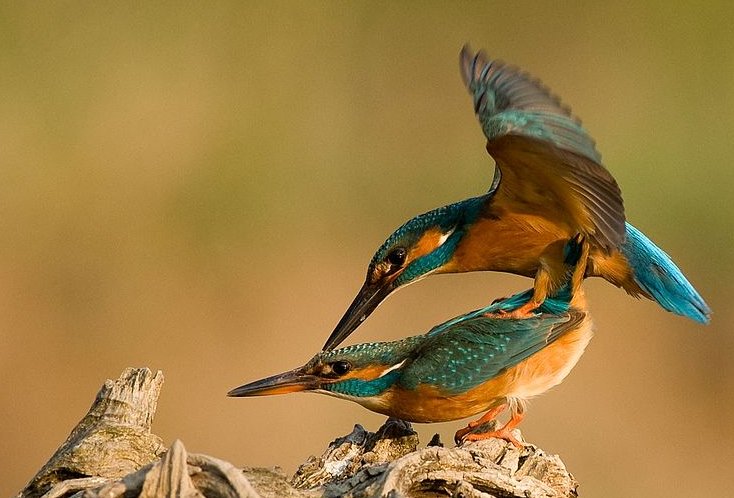
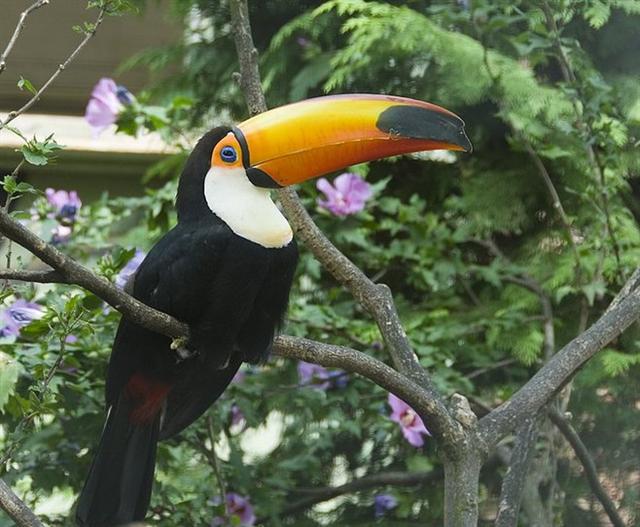
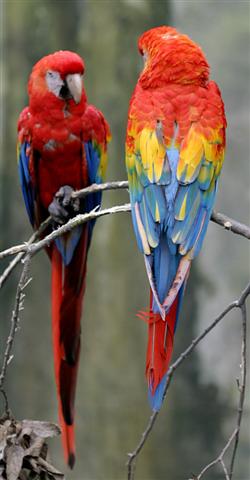
.jpg)

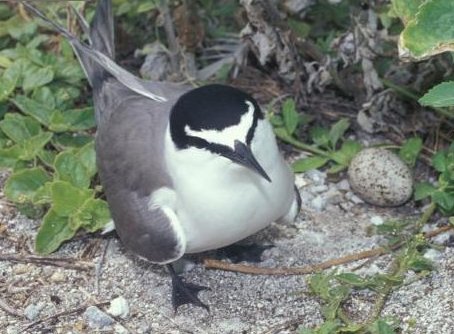





.jpg)
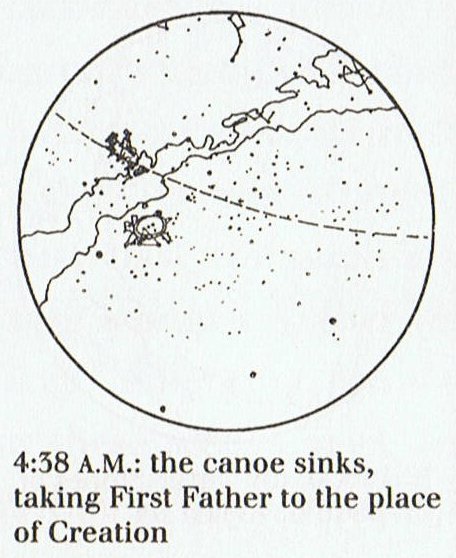
.jpg)